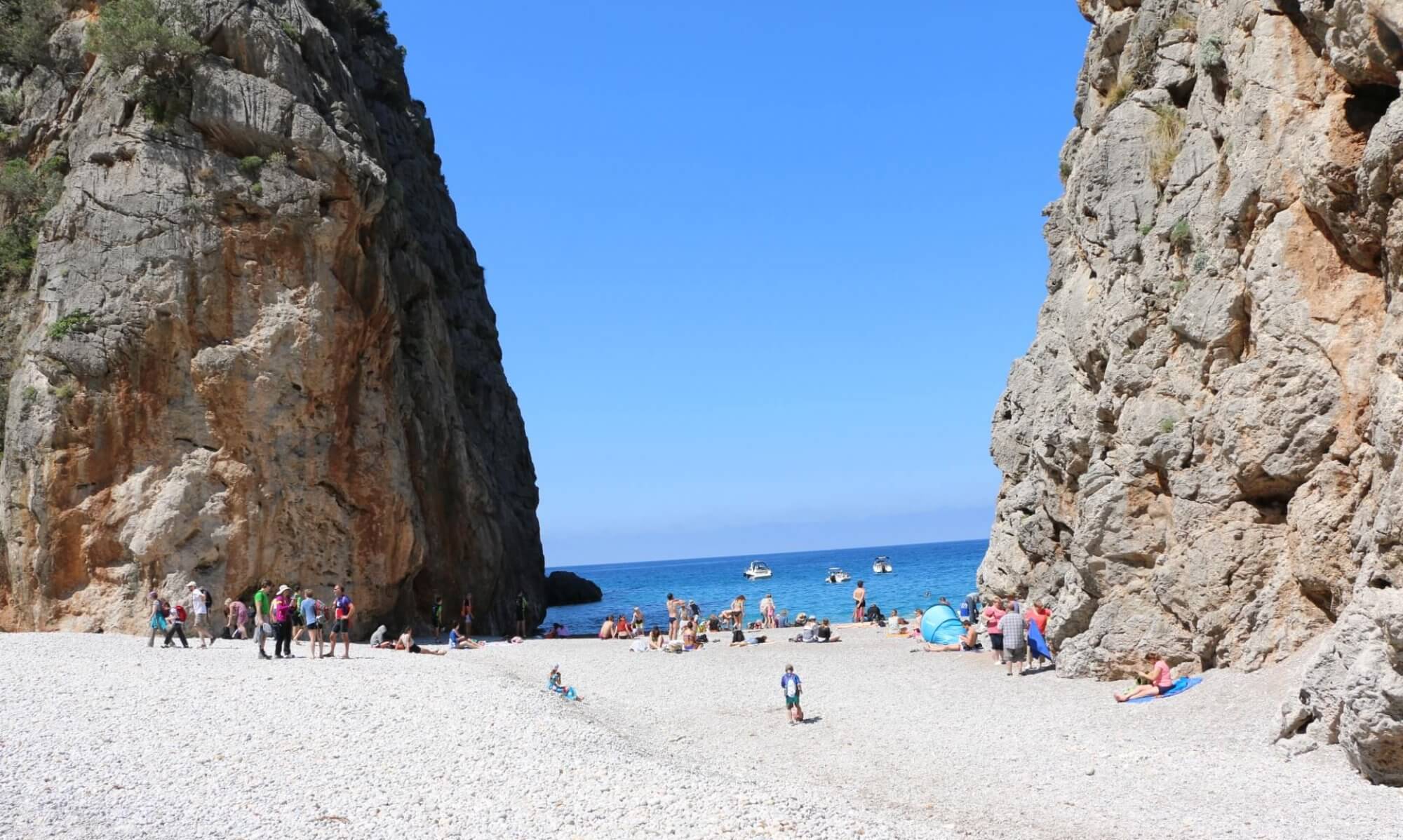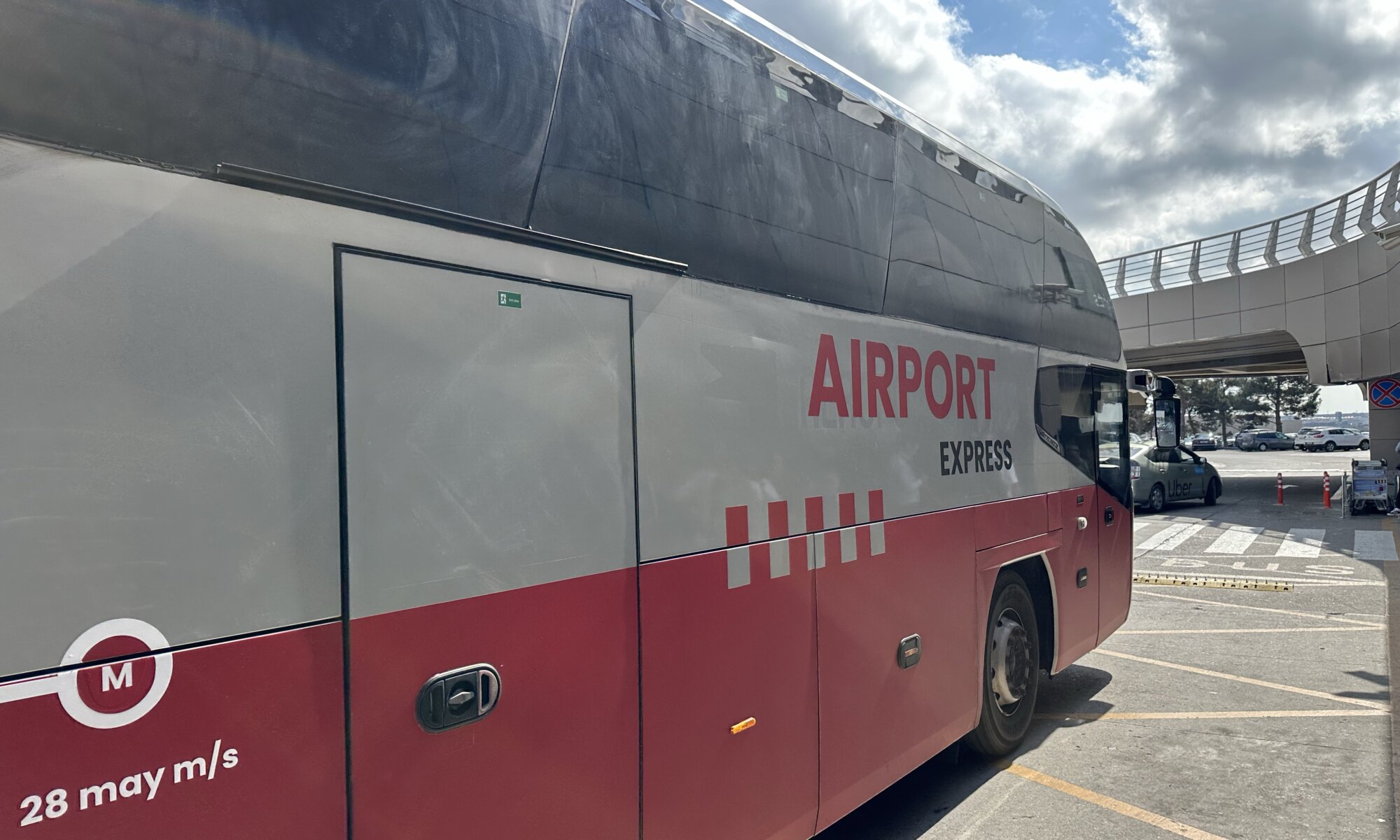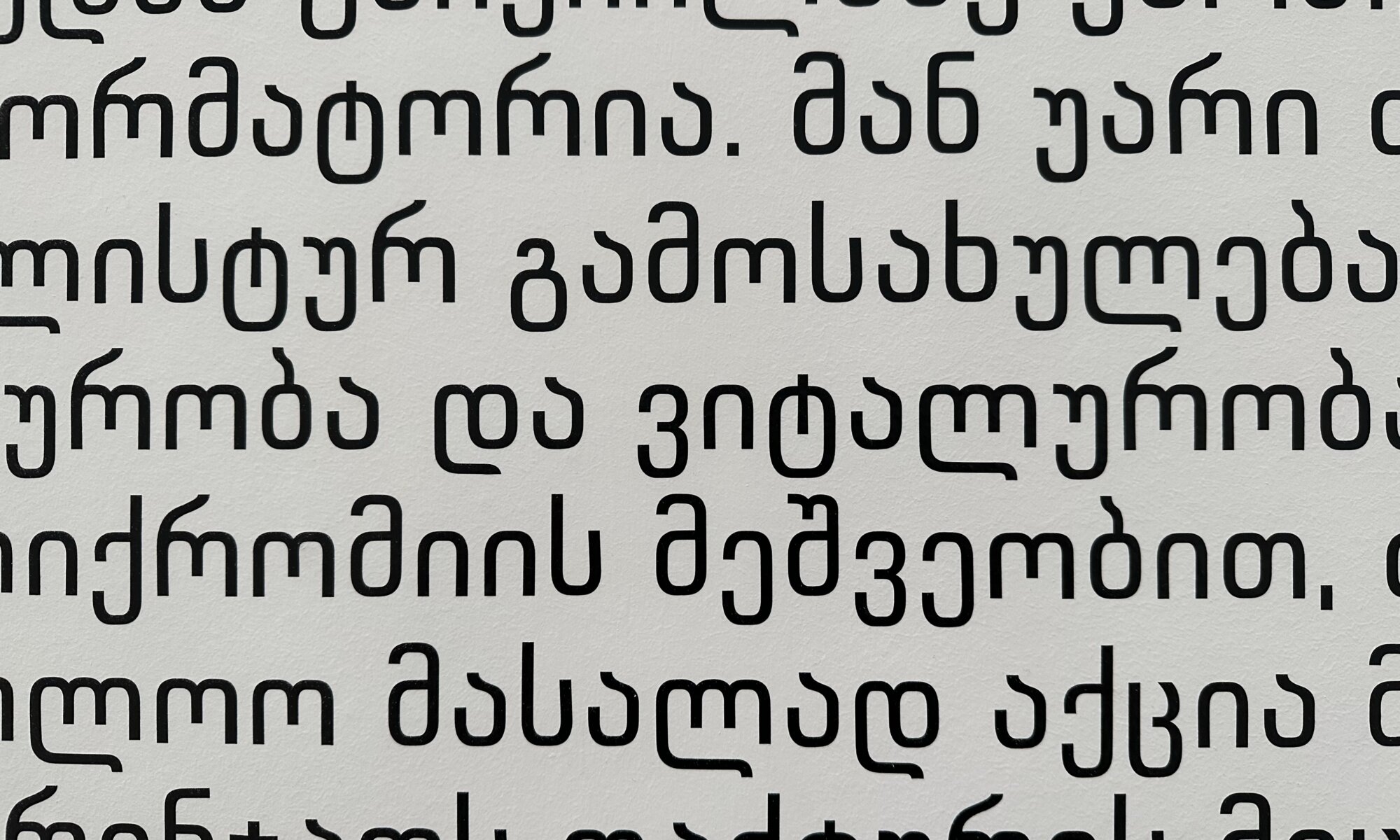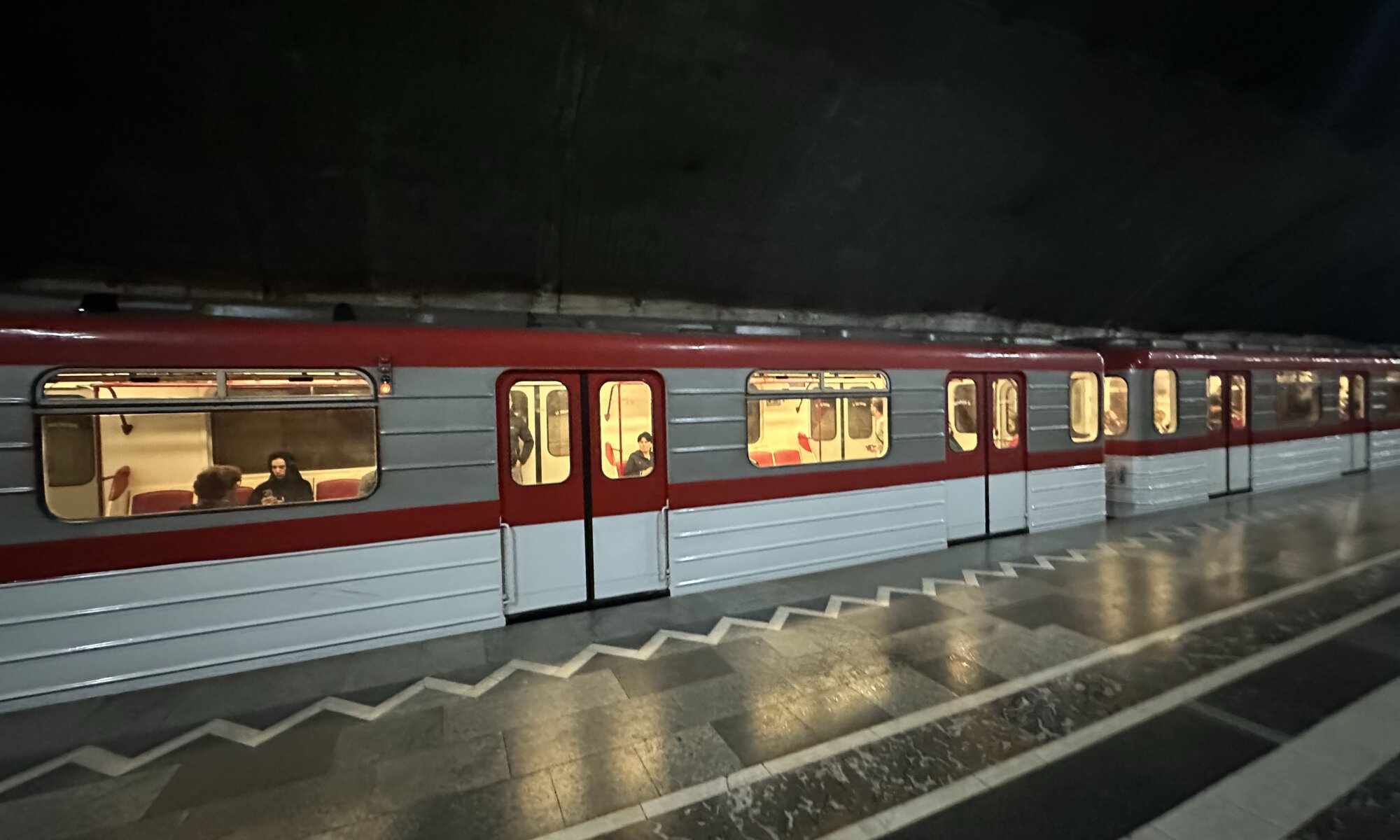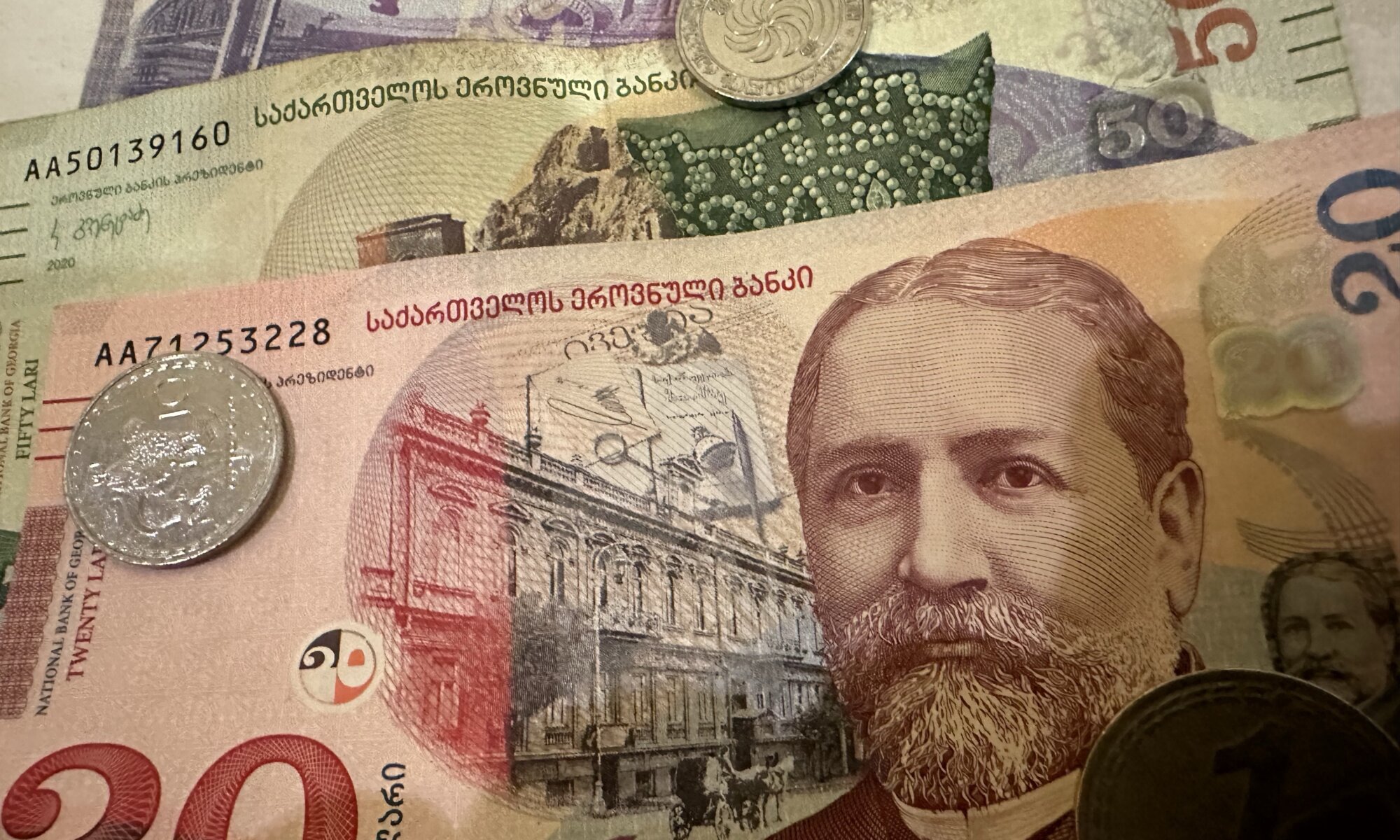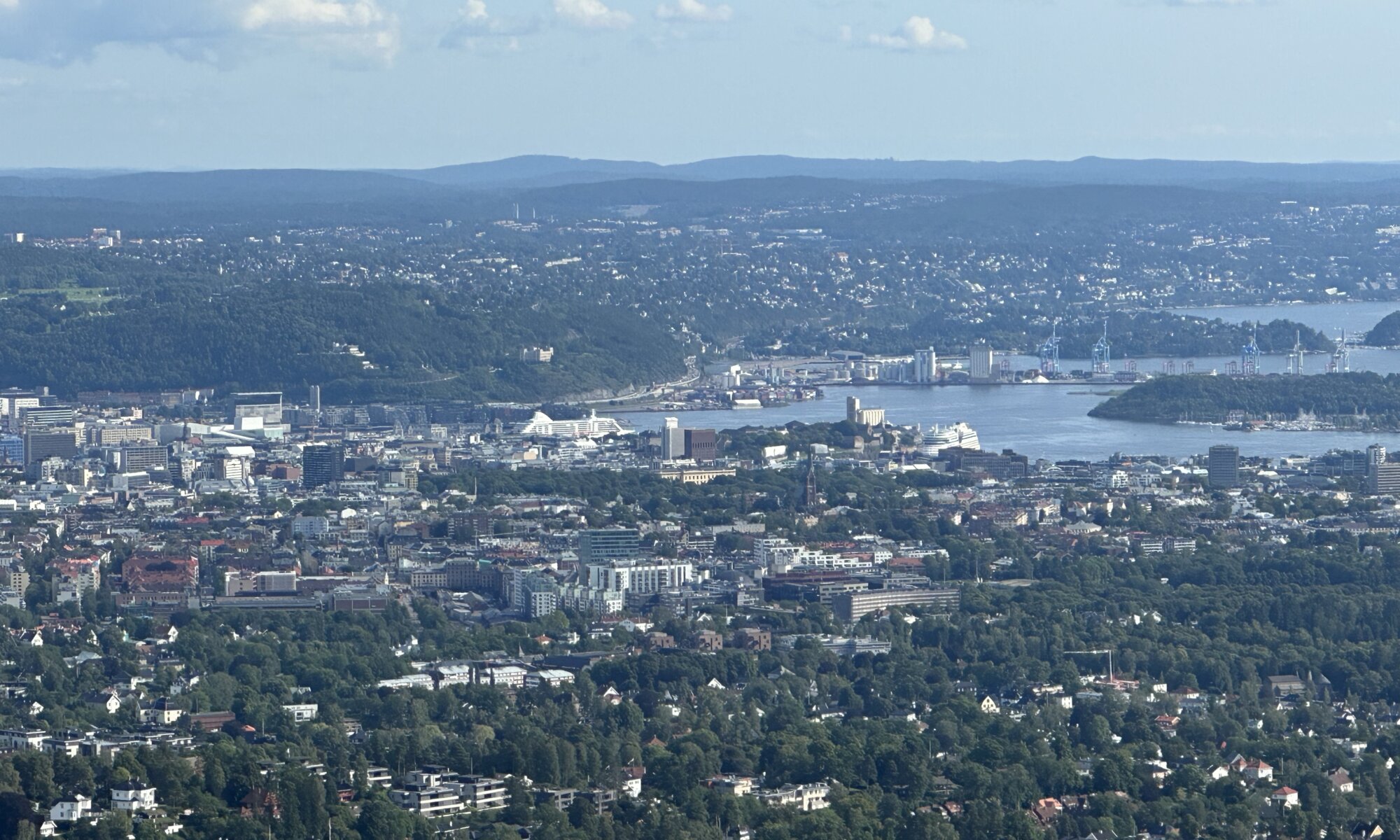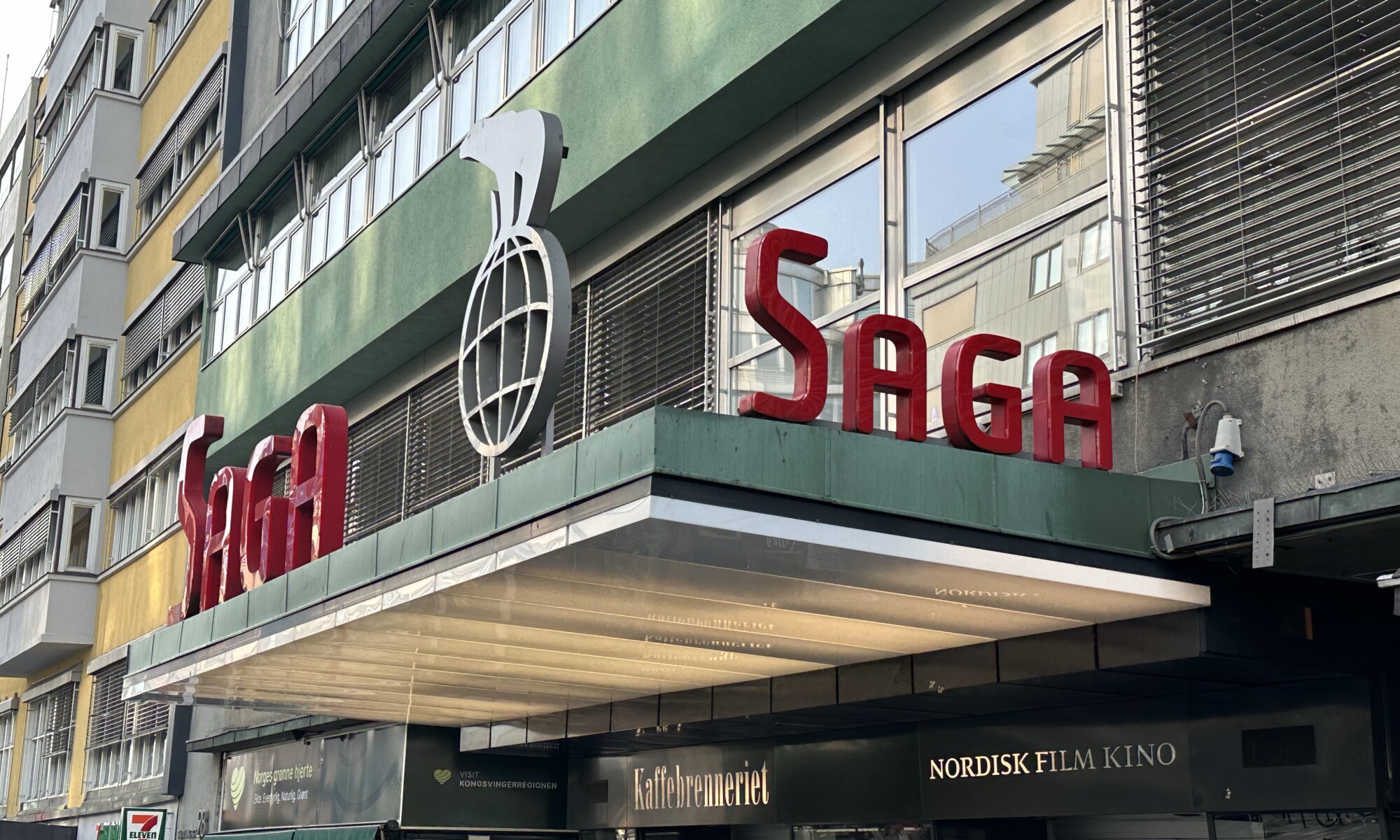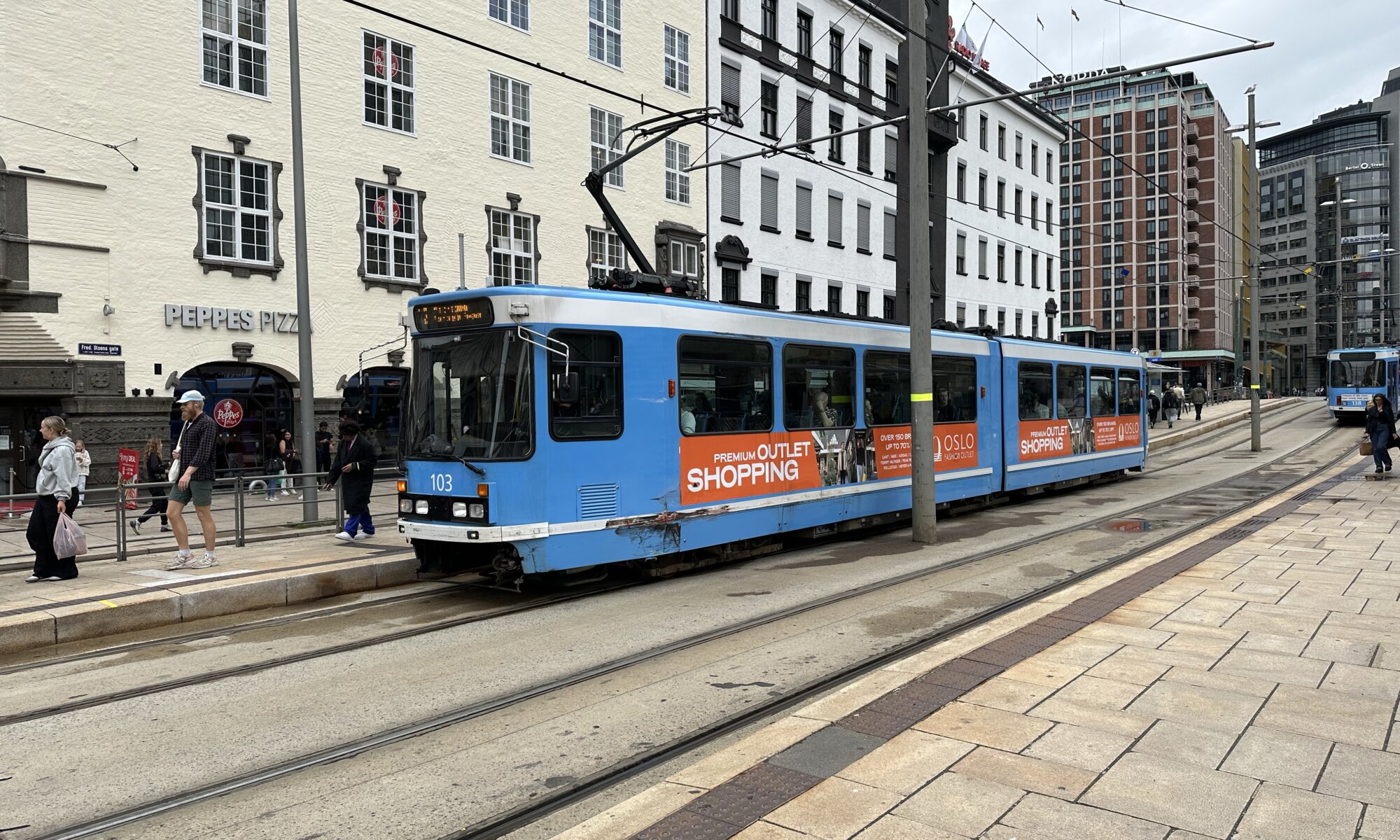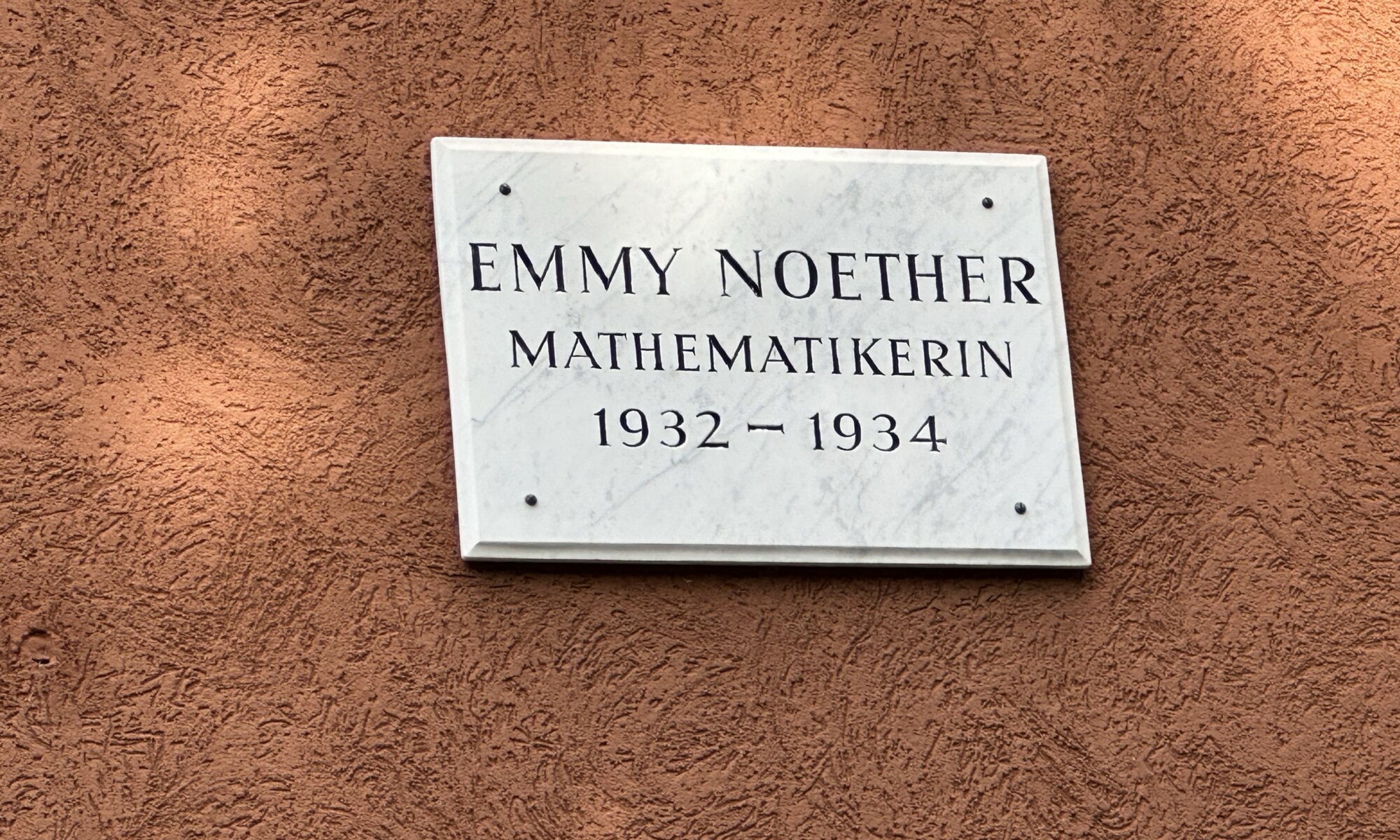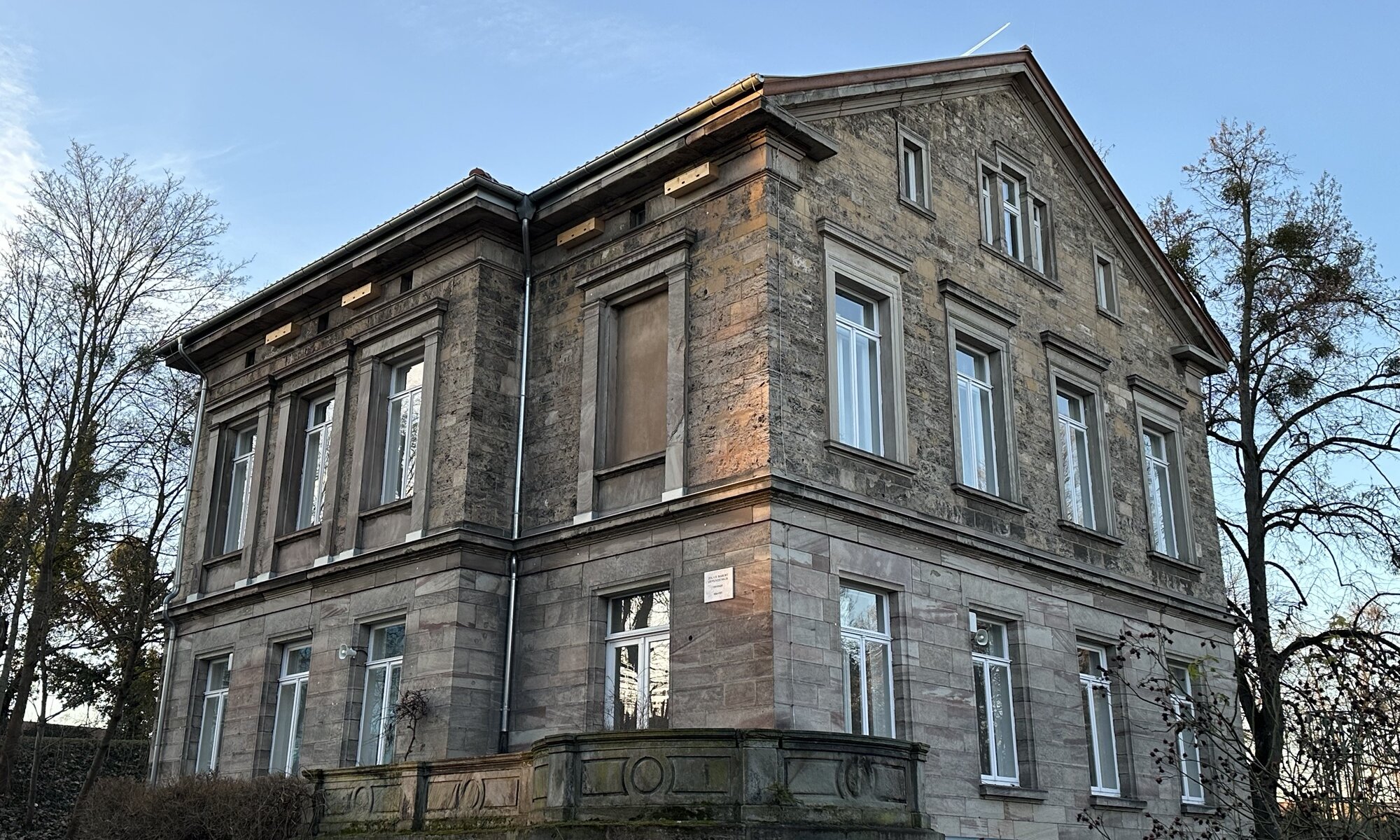If you need to pay at Azerbaijan you’ll have to use the Azərbaycan Manatı (AZN, ₼). The currency symbol is like the Euro sign but rotated 90 degrees to the right and that is not the only connection to the Euro: the Manatı notes and coins might look familiar to Europeans as they’ve been designed by the same currency designer, Robert Kalina. The Manatı is divided into 100 Qəpik and all available coins are Qəpik, the smallest note is one Manatı.
Continue reading “Manatı and Qəpik”BakıKart
Do you want to travel through Bakı using public transport? Then you’ll can’t get around the BakıKart, a rechargeable plastic card that you can use on buses, the metro and the Airport Express bus oscillating between the city center and the airport. It can be received from vending machines primarily at the airport and in metro stations. There you can also add money to your card; afterwards you only need to put it on entrance gates in the metro or readers in buses.
Continue reading “BakıKart”ანალფაბეტი
When travelling throughout Georgia you might feel a little bit like a ანალფაბეტი (=analphabet). The Mkhedruli alphabet used most often looks really beautiful but is completely undecipherable for visitors from abroad. In the capital city most often English translations are available (except on and in buses) and this doesn’t cause any problem. The Georgian language belongs to the Kartvelian languages – together with Mingrelian, Svan (both spoken in northwest Georgia) and Laz (used in northern Turkey, south of the border to Georgia).
Continue reading “ანალფაბეტი”Metromoney
At Georgia they seem to like rechargeable payment cards. Whether its for the Mtatsminda fun fair or public transport at თბილისი, you just need to lend a plastic card for a small deposit, top-up some money, pay as often as you wish and later return the card. Already when you reach the international airport you can go to a vending machine, buy a card and put money on it to use the bus bringing you to the city center.
Continue reading “Metromoney”Lari and tetri
On April 9th, 1991, Georgia gained independence from the Soviet Union. After that, the Russian ruble was used in parallel to western currencies and Kuponi, a kind of emergency money. In 1995 the country introduced its own currency, the Lari (GEL). Lari means ‘property’ or ‘treasure’ in Georgian language and a Lari is divided into 100 Tetri. The bills show important personalities and buildings of the country.
Continue reading “Lari and tetri”Art, peace & sauna
What do you think of when you hear the name Oslo? The Vikings? Edvard Munch and his Skrik? Ski-jumping on Holmenkollen? The Nobel Prize? The iconic opera house at the fjord? First of all Oslo is an amazingly green capital city that was in older days known as Christiania (or Kristiania). It has a city center with many ancient and beautiful buildings due to the fact that it wasn’t impacted by war for a long time. And it is a city offering an absolutely high quality of life: nature, art and mentality contribute to this.
Continue reading “Art, peace & sauna”Saga
Unsure how to spend an evening at Oslo? If you like movies, the city offers you different cinemas. One of them is the Saga which you can find in the Stortingsgata, directly next to the Nationaltheatret (and which is there-by very easy to reach). What helps you here is that movies in Norwegian cinemas are typically shown in English language with Norwegian subtitles – that is probably also why so many Norwegians know English so well. The Saga cinema was already opened in 1934 and is the most important cinema for children and families in the city.
Continue reading “Saga”Oslo pass
I love to purchase tourist passes in advance. With them you typically can use public transport and visit the most important sights without paying every single time. If you get around a lot in a city it can save you a lot of money and that is quite important at Oslo as it is one of the most expensive cities in Europe. How does it work at Oslo currently? You just need to download the ‘Oslo pass‘ app from your mobile app store and within you can buy passes for different time frames. Once you arrived at Oslo you just need to activate it. The app shows two different tickets: one for public transport, one for visiting sights.
Continue reading “Oslo pass”Abstract algebra
Amalie Emmy Noether is probably the most important woman in the history of mathematics and left a strong footprint in modern algebra. She did so facing strong resistance caused by the fact that she was a woman, Jewish, and on the left politically. Emmy Noether was born at Erlangen in 1882 and started her studies at Göttingen. She returned to Erlangen after one semester until she received her PhD in mathematics there.
Continue reading “Abstract algebra”Oppenheimer
When in 2023 Christopher Nolans movie Oppenheimer came to cinemas worldwide the history of Julius Robert Oppenheimer also came back to focus. How should he be remembered? As a genius physicist? Or is the leader of the Manhattan project and creator of the first atomic bomb, the destroyer of the worlds (a quote from the Bhagavad Gita), responsible for the death of so many people at Hiroshima and Nagasaki? Or did he save many lives by helping to end World War II (as he stated himself); at a point in time when Nazi Germany already had surrendered? A question also relevant for the city of Göttingen, as Oppenheimer was living and working there for some time.
Continue reading “Oppenheimer”